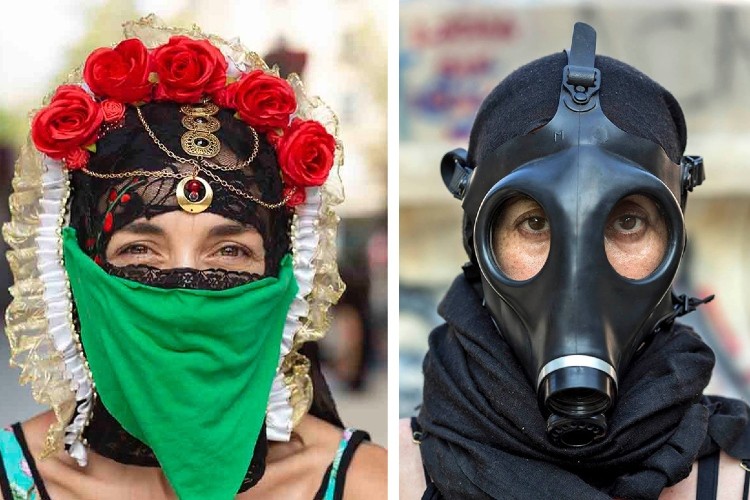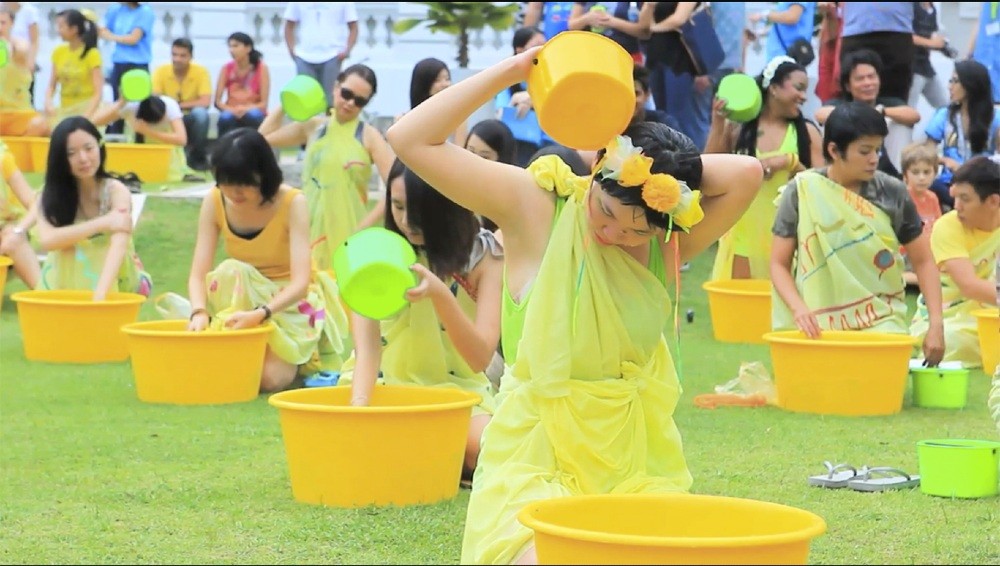Opening Soon: 'The Protest and The Recuperation', Artistic Perspectives on Protest and Resistance
The following is a version of an article originally published by the Wallach Art Gallery.

The Wallach Art Gallery at Columbia University’s Lenfest Center for the Arts is pleased to open The Protest and The Recuperation, a survey of artistic perspectives on, and responses to, the global phenomenon of mass protest and of recuperative strategies of resistance. This exhibition will be the Wallach’s first exhibition open to the general public since March 2020.
The Protest and The Recuperation is curated by Wallach director and chief curator Betti-Sue Hertz. Hertz believes that “it is timely and appropriate to welcome the public back to the Wallach to view works that are an homage to the collective advocacy of social movements and the call to action against universal injustices.”
The exhibition includes a global roster of artists: Khalid Albaih, Lara Baladi, Sharon Chin, Chow Chun Fai, Rachael Haynes, Sreshta Rit Premnath, Oliver Ressler, Josué Rivas, Hank Willis Thomas, and Eugenia Vargas-Pereira. Through participation, observation, interpretation, representation, and appropriation, these ten artists present nuanced perspectives on the value of protests as aggregate expressions of thousands, even millions, of individual participants.

The Protest and The Recuperation is a tribute to those who have gathered in solidarity to voice demands that the status quo must change and hails the messages and inventive creativity that have come to define the culture of progressive protest and dissent. The exhibition presents art that reveals the visual and performative aesthetics of these varied collective actions in the public sphere. It was developed as an exploration of what art can contribute to our understanding of this performative form and of the necessity of public gathering as a strategy for effecting change.
Hertz and Premnath co-edited an illustrated, 160-page publication highlighting exhibition works which contextualize the social movements that the protests represent long after the mass demonstrations have ended. In his essay Art and Efficacy, Premnath explores the question, “Is it enough to address themes of social import in our art or must it produce real political change?”. While Hertz focuses on the power of coming together in the streets in advocacy of progressive values, Anthony Downey contributes an essay on how digital communication has changed the global landscape of protest and its strategies. Jonathan Guyer, Fiona Lee, Sophia Suk-Mun Law, Jacqueline Millner, Alpesh Kantilal Patel, Barnaby Drabble, Fred Ritchin, Quincy Flowers, and Marcela A. Fuentes each contribute an essay on an artist in the exhibition. Beth Stryker offers an interview with Baladi.

The Wallach will present an array of online content including a digital exhibition, virtual tour, and artist interviews. Beginning Saturday, June 12 the gallery is open to the general public on Fridays and Saturdays and to Columbia students, faculty, and staff on Wednesdays and Thursdays. Online reservations are required. Visit the Wallach Gallery website for more information on the exhibition, including gallery hours, gallery visit registration links, and catalog order information. All exhibitions are open to the public, and provided free of charge.
The Wallach Art Gallery's exhibition program is made possible with support from the Miriam and Ira D. Wallach Endowment Fund, the gallery’s patrons, and additional support from Columbia University.